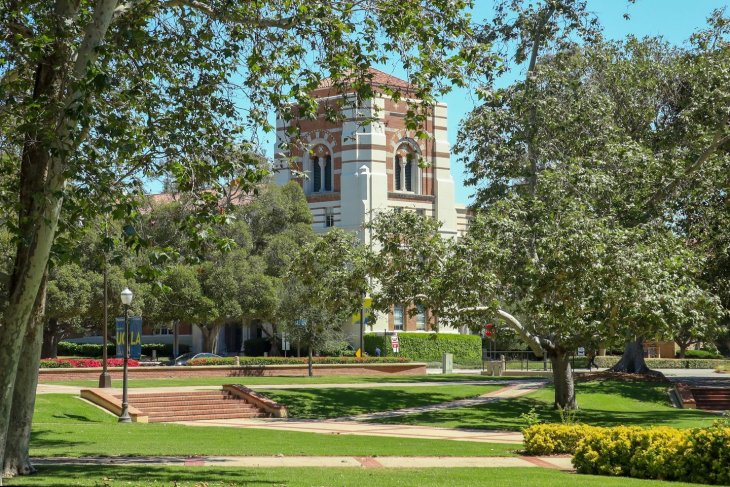
Increased exposure to small specks of smog is linked to decreased “white matter” in the brains of elderly people, according to a new USC medical study that was published this week in a medical journal.
The bad effect of smog on children and other subgroups of the population was substantiated by a USC medical study last year. Now, elderly people are shown to be significantly affected by particulate matter, belched from tailpipes, that is smaller than 2.5 micrometers and known as PM2.5, USC said.
The research was published in the latest edition of “Annals Of Neurology,” a peer-reviewed medical journal, and was led by researches at USC’s Keck School Of Medicine.
“Our study provides convincing evidence that several parts of the aging brain, especially the white matter, are an important target of neurotoxic effects induced by long-term exposures to fine particles in the air,” said the study’s lead author, Jiu-Chiuan Chen, an associate professor of preventative at the USC Keck medical school.
For the study, brain scans of living women aged between 71 and 89 were undertaken. Those who lived in heavily-polluted areas had smaller volumes of white matter — the section of the brain that acts as the central switching system for other parts of the brain.
Pollution did not seem to affect gray matter, which handles other cognitive functions.
And the decreased white matter in people who had lived a long time in polluted areas could not be explained by any other factor, including family or genetic background, socio-economic status, lifestyle or medical condition, the study authors said.





















